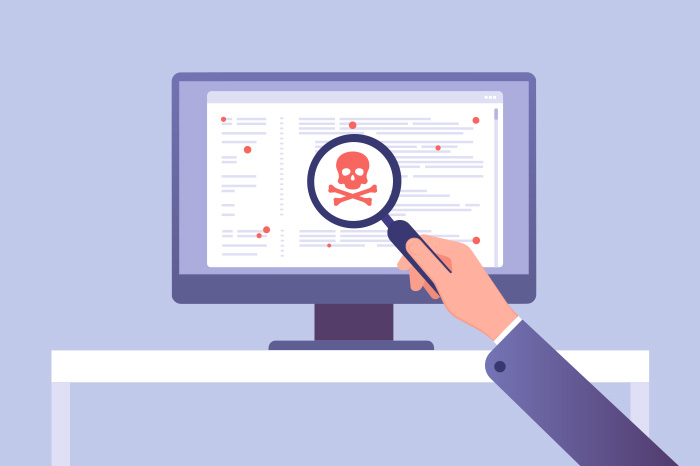
The spread and dominance of the internet have made it much easier for hackers to perform malicious attacks. As a result, many people are looking for more information about malware, what it is, ways of protecting it, etc. Therefore, it is essential to be informed about malware, its types, and how to detect, protect and remove it from your computer.
Let’s start!
A definition
The term “malware” is a two-word combination: malicious and software. It is malicious code designed to steal data or cause damage to a computer, server, or network. After explaining malware, let’s see what it causes to a computer or mobile (Android, iPhone, etc.).
What malware causes
So, which are the risks for your computer? The risks can be from mild to quite serious damage to your computer.
More specifically, computer malware can:
- Slow down your computer
- Disrupt the daily functions of your computer
- Occupy storage space
- Steal sensitive data
- Deny your access to folders and files or destroy them
Types of Malware
When we refer to the term “malware”, most people think of “virus”. Thus, the virus is just one of the available malware types. Let’s see the existing types of malware.
Virus
The virus is one of the most common types of malware. As with real viruses, computer viruses copy themselves to different files, to infect as many as possible. They usually appear in executable files (.exe) and are activated when are open and executed. There are harmless viruses, but also very dangerous ones. The latter can slow down the computer’s function, and even cause permanent damage.
Worm
Apart from the virus, “worm” is also an infective malicious software. Worms, unlike viruses, do not need any program or file to replicate and infect a system, while they spread rapidly, which makes them much more dangerous. They can infect an entire network or system very quickly via only a connected device.
Ransomware
Another type is ransomware. What is it?
Ransomware spread via email using a malicious link to gain access to sensitive information and deny your access to them. The key point in ransomware attacks is that the hackers demand ransom to allow you access to your locked information or files.
There are two types: ransomware that locks your screen, and another one that is encryption-based. The first one locks your screen until you pay the ransom, while the second one encrypts your files until you meet the hacker’s demands.
Trojan
Trojans are disguised as normal utility programs to trick your computer’s protection. Trojans do not replicate like viruses, they gain access to sensitive information and then modify or destroy it. They go undetected, so they do not affect your computer’s functionality.
Spyware
Spying software “runs” silently in a computer, monitoring the user’s actions and providing access to sensitive information to its (remote) operator. Spyware is not beyond real life. The recent wiretapping case using Predator software is about spyware.
There are still several types of malware, such as Rootkits, Backdoors, Adware, Grayware (malware application that mostly works annoyingly rather than being serious malware), etc. Also, there is WP VCD, a common type of malware for WordPress sites caused by “broken”/pirated plugins or themes.
How to protect your devices from attacks
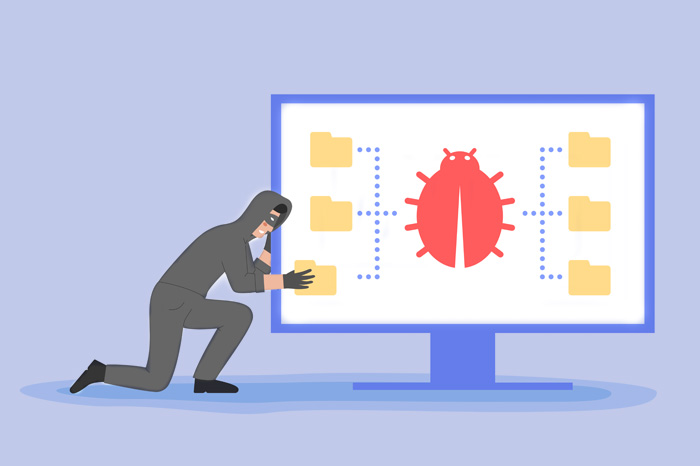
After seeing what malware is and its types, let’s answer questions like “how to protect against viruses” or “what do we ultimately do to protect ourselves from malware”.
The safest solution is prevention. So, the potential risks can be reduced and the protection against malware can be increased if you:
- do not download suspicious files
- install an ad-blocker
- frequently update your software to cover security vulnerabilities
- avoid suspicious links
- install special malware protection software, known as anti-malware. It is a program responsible for detecting threats and dealing with them effectively.
How to detect a malware
If you are a beginner, it is often difficult to notice if you have been infected with malware, especially if there is no relevant sign. Functionality slowdowns or regular micro-bugs are some signs that should make you suspicious.
Another effective way to detect malware is regular scanning of your computer and your network using specific anti-malware programs, such as Kaspersky, Bitdefender, Malwarebytes, Bytefence, Glarysoft Malware Hunter, etc. It is also crucial to use a firewall.
How to remove malware
You can remove malware effectively when you have installed a reliable protection program (e.g. antivirus). Activate the program and run a scan on your computer. When the scan is complete, a list with infected files or programs will appear. Thus, you can see what is infected on your device and remove it. Some programs remove them automatically.
Mitigating the impact of malware can also be done in real-time (detecting and blocking suspicious or infected files), but also with sandboxing, which limits the damage by preventing the spread in vital computing functions.
Concluding
We hope we have effectively answered questions about malware, its types, and ways to protect against it.
Knowing more now, you can more easily detect and deal with it to keep your devices safe and protect your business effectively.
If you found this article useful, feel free to share it on social media to help others looking for relevant information.

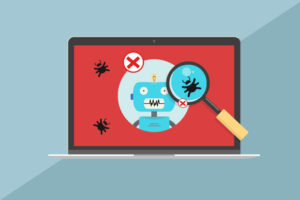
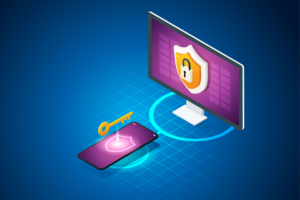
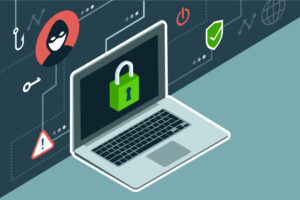

Join the Discussion